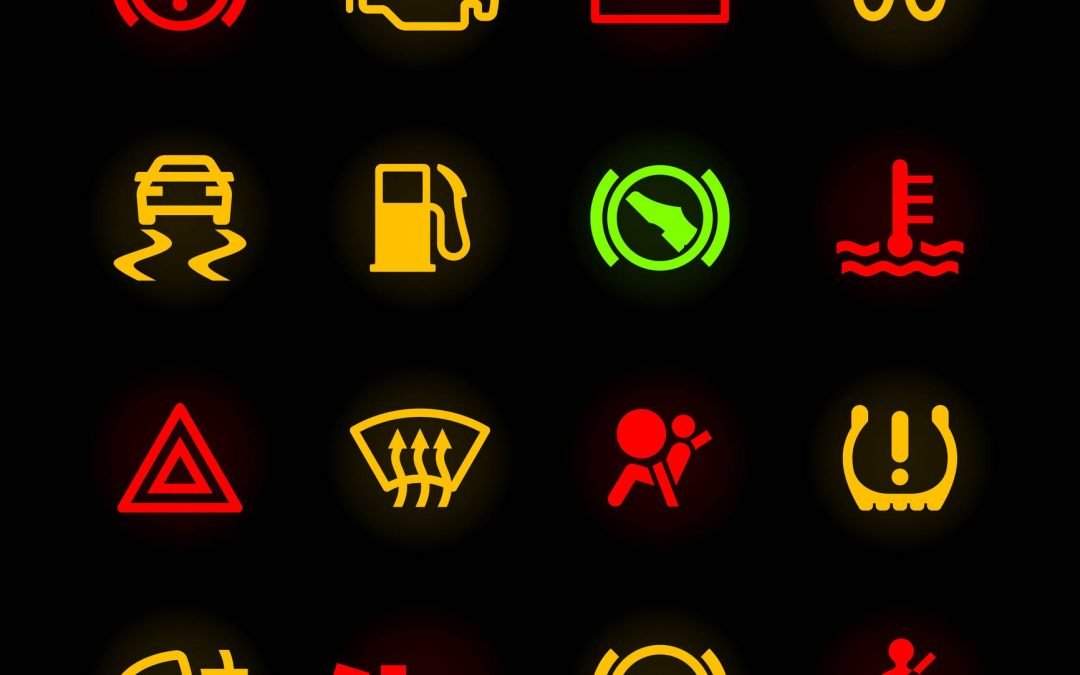Your low oil pressure light is an important indicator that your car’s engine is not receiving enough oil pressure, which can cause serious damage to your vehicle if left unaddressed. If your low oil pressure light comes on while you’re driving, it’s important to take immediate action to prevent further damage to your engine.
Here’s what you should do if your low oil pressure light comes on:
- Pull Over: The first thing you should do if your low oil pressure light comes on is to pull over to a safe location as quickly as possible. Turn off the engine and wait for it to cool down before checking the oil level.
- Check the Oil Level: Once the engine has cooled down, use the dipstick to check the oil level. If the oil level is low, add oil immediately. It’s important to add the correct type of oil and not overfill the engine. Refer to your owner’s manual for the recommended oil type and level.
- Check for Leaks: If the oil level is normal or after you have added oil, check for leaks. Look for oil spots under the car and check the oil filter and oil pan for leaks. If you notice any leaks, it’s important to have them repaired as soon as possible.
- Check the Oil Pump: If you’ve checked the oil level and there are no leaks, the problem may be with the oil pump. The oil pump is responsible for maintaining oil pressure in the engine, and if it’s not functioning properly, the low oil pressure light may come on. Have a mechanic check the oil pump and repair or replace it if necessary.
- Do Not Ignore the Warning Light: It’s important not to ignore the low oil pressure light. Continuing to drive with low oil pressure can cause serious engine damage and result in costly repairs. Always address the issue as soon as possible.
If your low oil pressure light comes on while driving, pull over to a safe location, check the oil level, look for leaks, and have a mechanic check the oil pump if necessary. By taking these steps, you can prevent serious engine damage and keep your car running smoothly.

Patrick M. is Editorial Director for the always expanding DriveSafe Online library of courses. With over two decades of experience developing award-winning training, he now focuses on innovating online driver safety training. Pulling from his background in journalism, he steers the wheel behind the creation of top-tier content that promotes a better journey—whether on the digital highway of learning or the real roads we travel every day.
